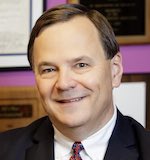 |
| Paul Furiga |
When I speak to college students studying public relations, among my favorite questions to ask is how old they were when they got their first social media account.
I’ve been doing this long enough that some of the social media platforms I ask about—you know, the less-cool ones, like Facebook—were born the same year as some of the students.
This is another way of saying that while the current tools we use as a public relations agency are certainly table stakes for success today, they are hardly what makes an agency sustainable over the long run. After all, where’s the call for MySpace experts these days?
Sustainability, indeed, is a challenge. For example, I was a bit surprised in the last year to leaf through a survey of 6,000 marketing agencies by the agency Digital Third Coast. Using publicly available resources, the survey found that fewer than one-third of the marketing agencies reviewed had been in business for 20 years or more.
| This article is featured in O'Dwyer's May '22 PR Firm Rankings Magazine (view PDF version) |
In other words, it’s a minority of us who can remember what PR was like when there was no Facebook or Twitter and when there were actually more cities with a daily newspaper than without. What does it say about PR agencies that make it out of their teens and succeed in this digital-first world?
I can only write from personal experience. That experience covers four decades, though. It comes from multiple perspectives regarding the agency experience, first as a journalist, then in politics and government, later as a leader in a great multinational agency, and for 20 years this March, as the founder and chief storyteller of WordWrite.
With that background, I see three factors as the key to agency sustainability.
Embracing new tools
Sustainability means agencies must adapt. We have a saying at our firm, “it’s about the content, not the pipes.” To use an analogy, when drought-stricken communities around the world finally get fresh water, the conversation isn’t all about the pipes that brought the water—their width, their color, etc. It’s about the water!
So, as PR practitioners, we must remember that while the latest social or digital tools are cool—they are just tools. Just as the pipes bring fresh water to parched communities, our latest tools are just making communication possible, the tools should not be the main focus of our expertise. They are table stakes—and it’s likely that we’ll be playing with new table stakes in the near future.
Practicing what you preach
If the “evolution” of traditional media has taught us anything, it’s that the definition of PR has changed forever. Smart thinkers, including Gini Dietrich of Spin Sucks, have pioneered important concepts that add to the definition, such as PESO, which I prefer to call the 21st-century version of PR. As Gini and her team articulate it, today’s PR professionals much be fluent in Paid digital content, as well as Earned or more traditional PR, plus organic Social and Owned content—everything from website content to whitepapers, op-eds and thought leadership that goes well beyond the norm.
On top of that fluency, we believe firms should put these principles in action.
At our firm, for example, we are one of more than 40 publishers in The 100 Companies network started by Chris Schroder, a former agency owner in Atlanta whose personal research on the drastic reduction in earned media outlets led him to start a company that now publishes geographically focused and industry-specific ezines around the country and the world. The Pittsburgh 100, our publication, has been going strong since 2017, has more than 40,000 subscribers, and also has a companion podcast.
So, when we recommend owned content strategies to our clients, they know we’re coming from a place of intimate experience.
Knowing your story
Perhaps the most important factor for PR agency stability is having a strong point of view. Not surprisingly, given that WordWrite has employed many former journalists for more than 20 years, our point of view starts with the concept of story.
Personally, over two decades in journalism, I wrote more than 10,000 stories and edited another 10,000. That’s a lot of beginnings, middles and ends. I was with people in their best times and in their worst. It taught me a great deal about the psychological and sociological foundations of storytelling that make our human brains hardwired for story.
Over the years, as the tools and the environment for PR have evolved, so has our storytelling focus. Today, post-COVID, it’s stronger than it’s ever been, with an emphasis on what we call the most important story of all for any organization: its Capital S Story.
In the old days, back when people still read those things called newspapers, a small s story was the one you read today and used to line the birdcage the next day. In today’s age, the small s story is one you saw in your social media feed yesterday or even 10 minutes ago and can’t remember because it wasn’t that big of a deal.
The Capital S Story stands above the rest because it answers these fundamental questions: Why should someone buy from you, work for you, invest in you or partner with you?
At our firm, we’ve trademarked a process around this concept that we call StoryCrafting and I’ve written a book about it. We’ve invested time, money and effort to develop this point of view as a means of making WordWrite sustainable. And according to at least one survey, our sustainability puts us in some select company.
Must every PR agency trademark a process, have its founder write a book or become a publisher to become sustainable? I doubt that’s the only path.
I do know that focusing on what delivers results for clients—the content, not the pipes—adapting to the environment that the industry requires—such as models like PESO—and articulating a clear point of view are absolutely predictors of sustainability.
The bottom line
These three characteristics augment the core success measures that have only grown more important since the early days of PR: delivering results and nurturing relationships.
While I’ve met a few agency leaders who are a bit intimidated by data—raise your hand if you entered this industry because you love numbers—it’s absolutely true that the availability of digital tracking tools and better data has helped to make the PR results we get for clients more visible (and more connected to business results).
And while digital tools, avatars, artificial reality, artificial intelligence and other recent developments have introduced new considerations into our work, PR in the end is still about people and creating conversations and relationships among people. Bottom line: It’s a people business. And that’s absolutely great news for all of us who enjoy this business because we thrive on connection.
***
Paul Furiga, who spent two decades as a journalist covering Congress and the White House, is President and Chief Storyteller at WordWrite.


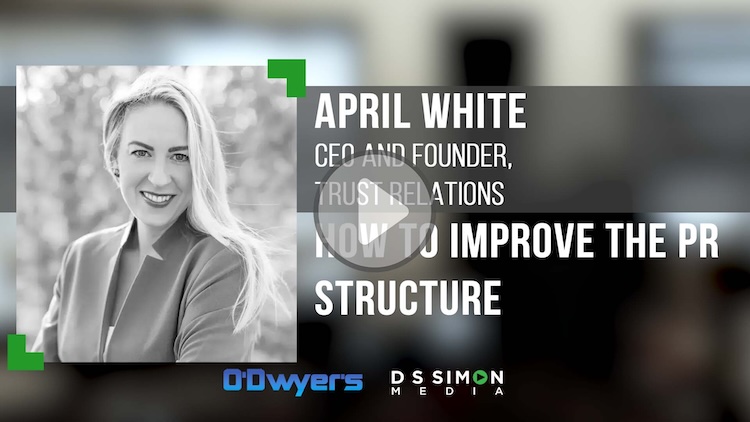
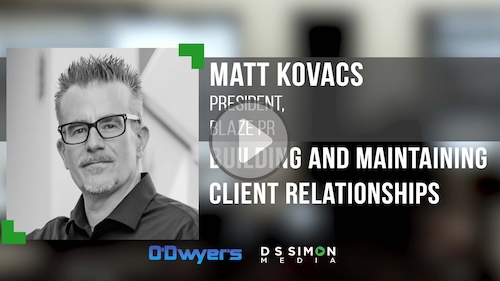
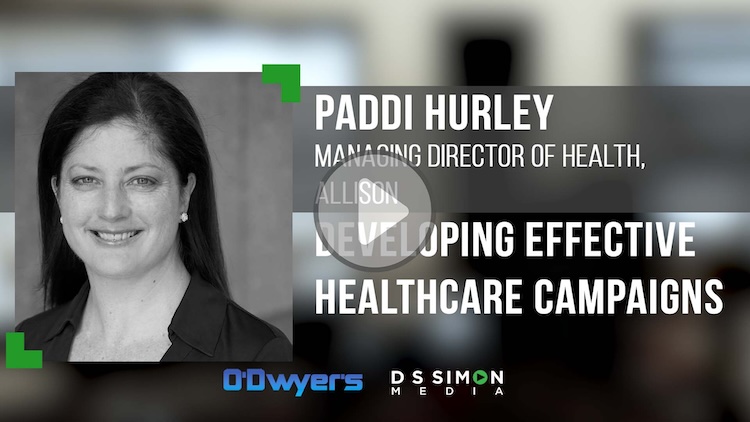
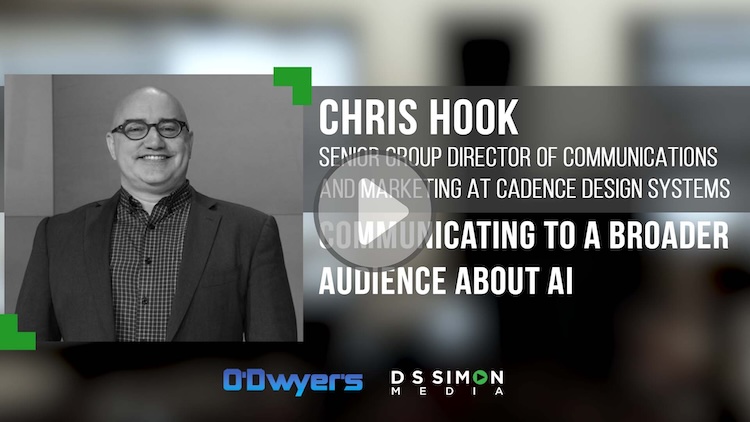
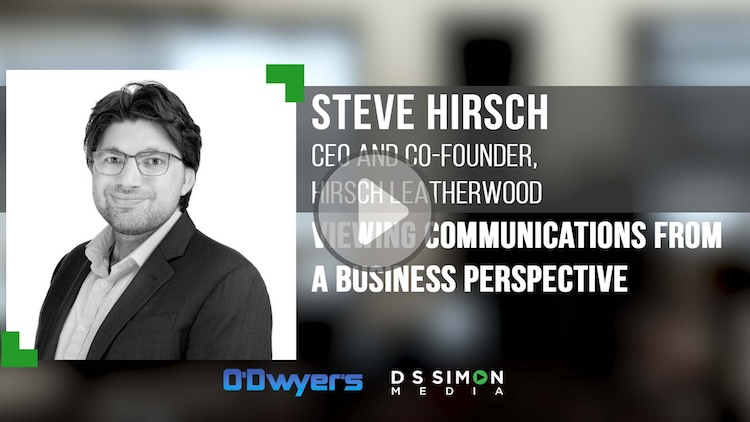



 Have a comment? Send it to
Have a comment? Send it to 
No comments have been submitted for this story yet.